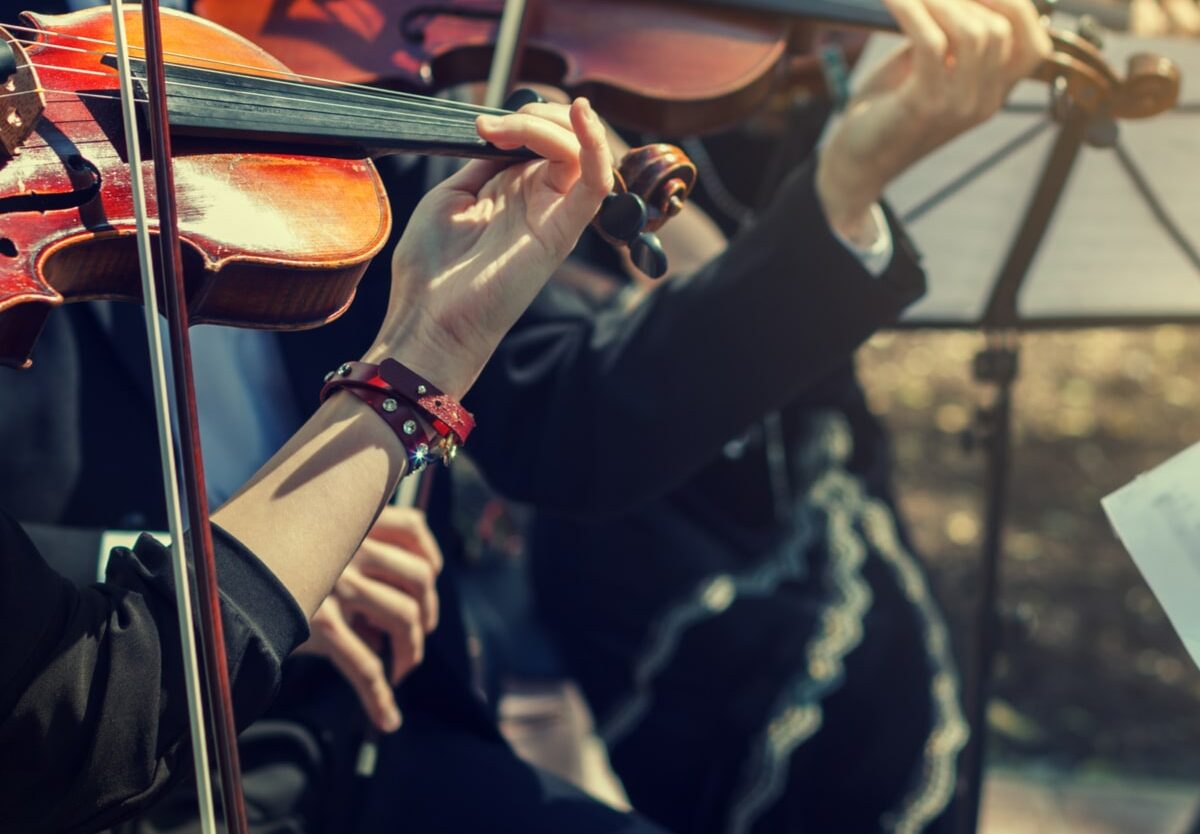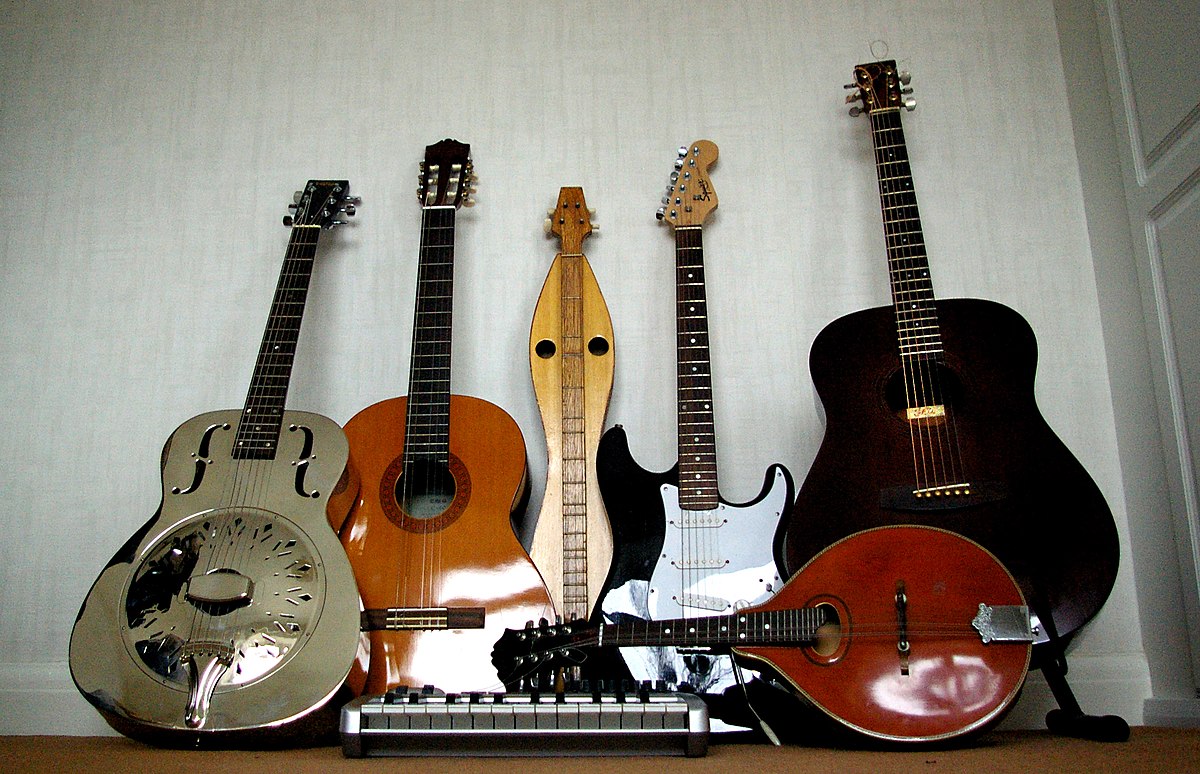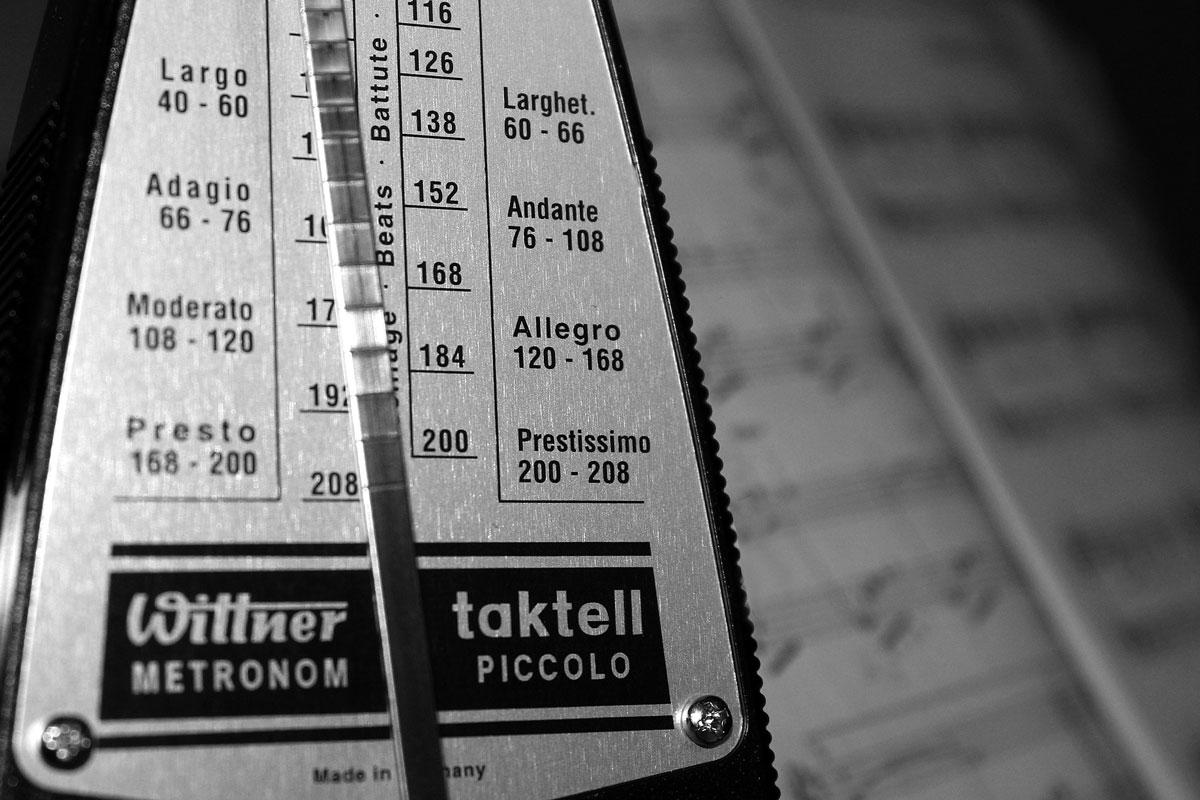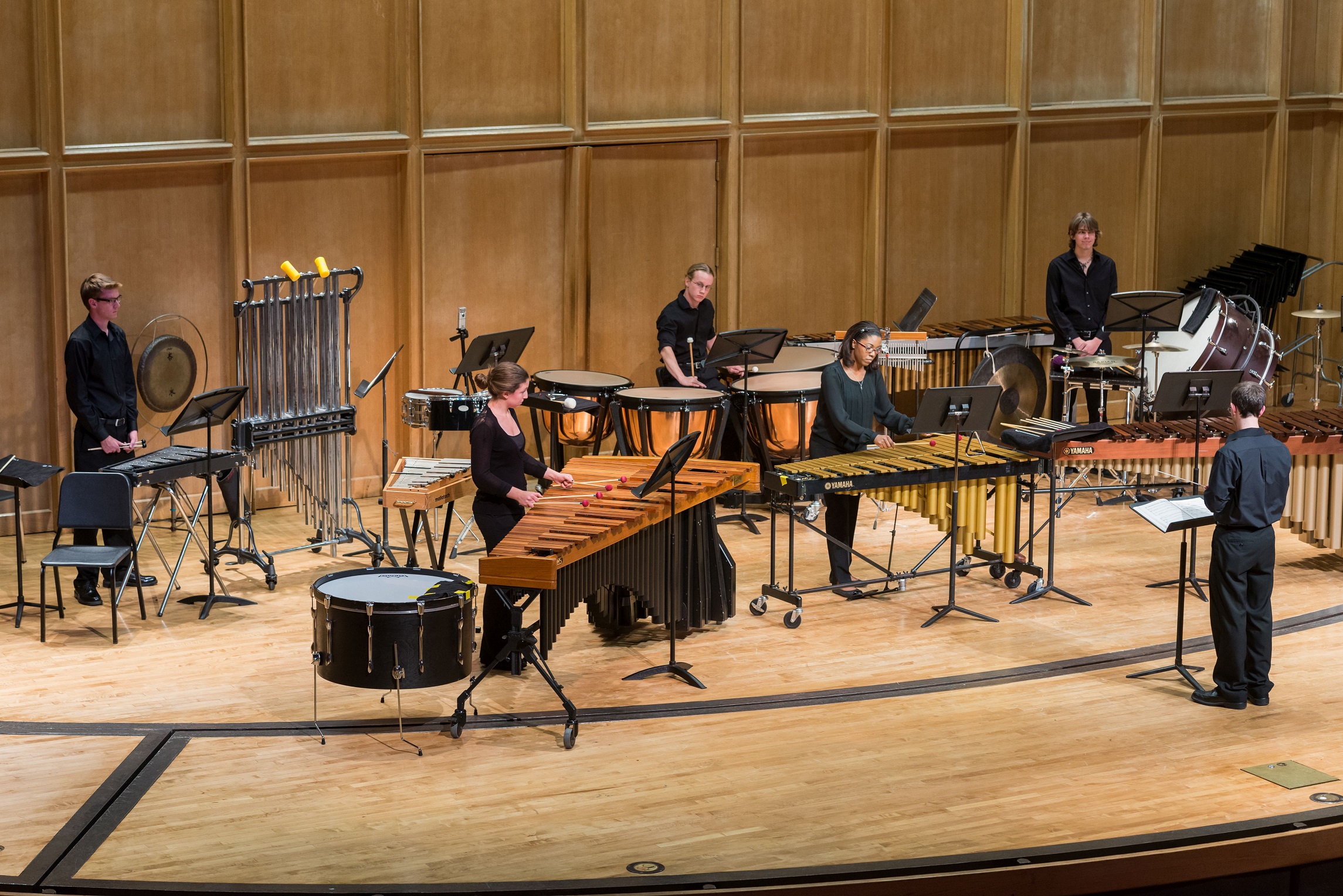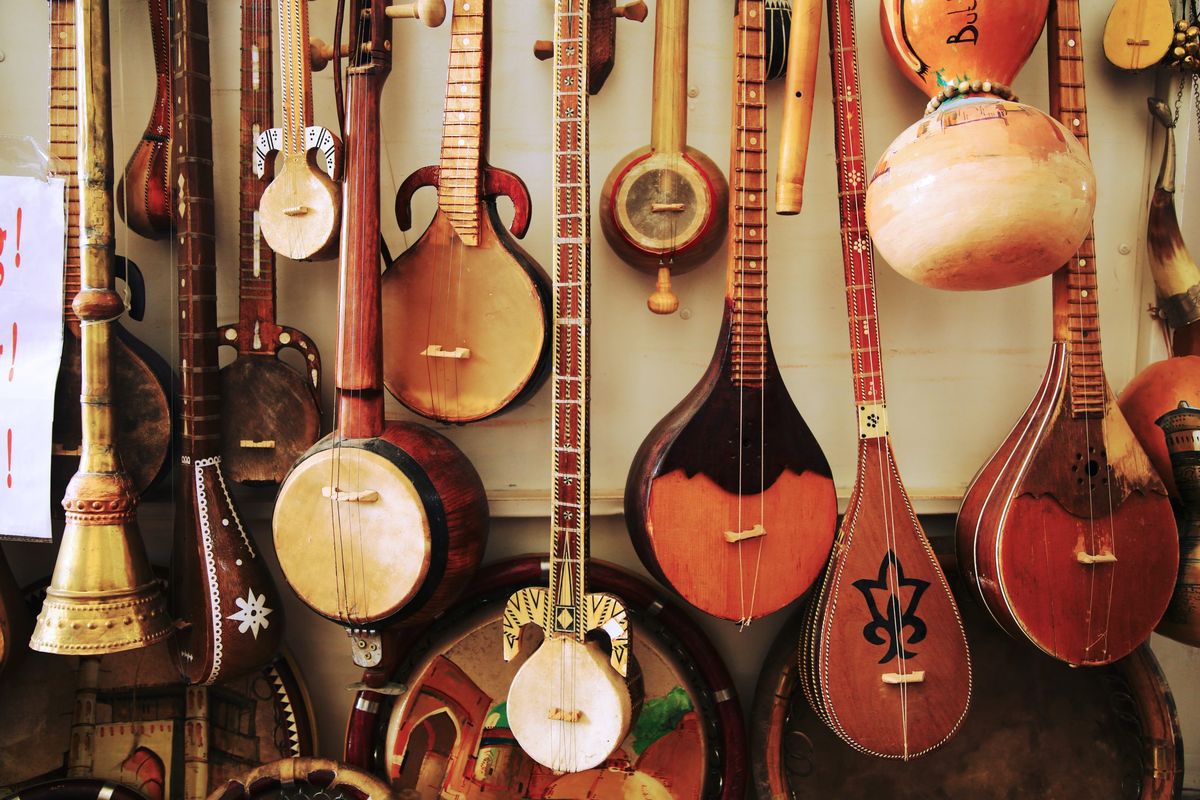Home>Genres>Classical>What Instruments Are In Classical Music
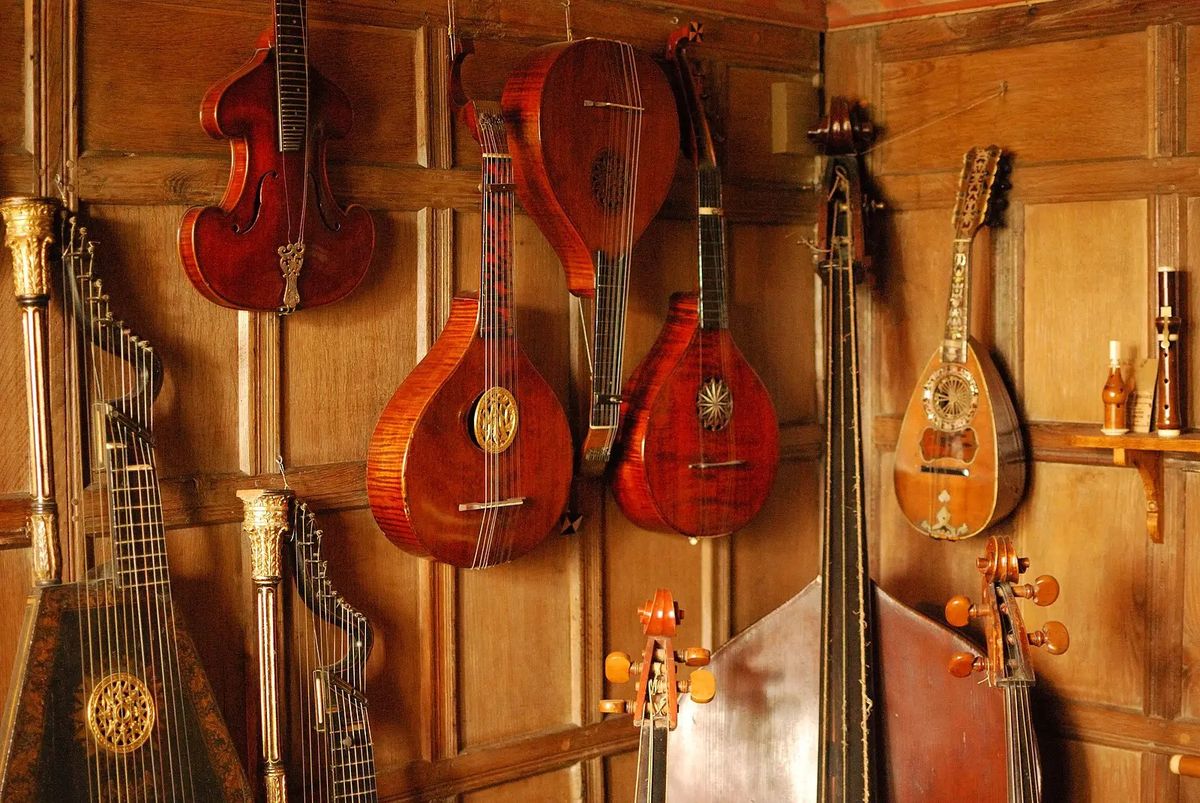

Classical
What Instruments Are In Classical Music
Modified: February 24, 2024
Discover the enchanting world of classical music and explore the rich assortment of instruments that make these timeless compositions come alive.
(Many of the links in this article redirect to a specific reviewed product. Your purchase of these products through affiliate links helps to generate commission for AudioLover.com, at no extra cost. Learn more)
Table of Contents
Introduction
Classical music is a rich and diverse genre that has stood the test of time. It is characterized by its complex compositions, sophisticated harmonies, and intricate melodies. One of the key elements that contribute to the beauty and grandeur of classical music is the wide variety of instruments used in its orchestration.
From the graceful and melodic strings to the powerful and commanding brass, each instrument has a unique role to play in creating the symphonic masterpiece that is classical music.
In this article, we will explore the different families of instruments commonly found in classical music. From strings to woodwinds, brass to percussion, and keyboard instruments to lesser-known instruments, we will delve into the rich tapestry of sounds that make up classical music’s orchestral ensemble.
Whether you are a seasoned classical music enthusiast or a newcomer to the genre, this article will provide you with a comprehensive overview of the diverse range of instruments that contribute to the majestic soundscapes of classical compositions.
Strings
The string family is fundamental to the sound of classical music. It consists of instruments that produce sound when their strings are plucked, bowed, or struck. The most prominent instruments in this family are the violin, viola, cello, and double bass.
The violin, renowned for its ability to mimic the human voice, is the smallest and highest-pitched instrument in the string family. Its melodic and expressive qualities make it a central figure in orchestral and chamber music. The viola, slightly larger than the violin, has a deeper and mellower sound, complementing the higher tones of the violin.
The cello, known for its warm and rich timbre, is larger than the viola and has a lower range. It is capable of producing deep, resonant tones that add depth and richness to the orchestra’s sound. The double bass, the largest and lowest-pitched instrument in the string family, provides a solid foundation for the ensemble, producing deep and powerful tones.
These string instruments are played with a bow or by plucking the strings with the fingers. The musicians use their expertise to create a range of techniques such as vibrato, pizzicato, and spiccato, which add depth and expression to the music.
Aside from the standard string instruments, there are also lesser-known stringed instruments such as the harp and the guitar, which are occasionally used in classical compositions. The harp, with its magical and ethereal sound, adds a touch of enchantment to orchestral pieces. The guitar, a versatile instrument, is utilized in smaller ensembles and concertos.
The string section forms the backbone of the orchestra, providing the melody, harmony, and rhythmic foundation. Their seamless blend and expressive capabilities enable them to convey a wide range of emotions, from the tender and poignant to the powerful and triumphant, making the string instruments an integral part of classical music’s enchantment.
Woodwinds
The woodwind family is comprised of instruments that are primarily made of wood or metal and produce sound by blowing air into them. These instruments have a unique and versatile sound that adds depth and color to classical compositions.
The most well-known woodwind instruments include the flute, clarinet, oboe, and bassoon. The flute is a small, cylindrical tube with finger holes and a silver or gold head joint. Its bright and agile sound can evoke a sense of playfulness or ethereal beauty.
The clarinet, with its distinctive warm and mellow tone, has a cylindrical body and a single reed mouthpiece. It is capable of a wide range of expression and is often featured in both solo and ensemble performances.
The oboe, made of wood and in a conical shape, has a penetrating and expressive sound. Its unique double reed mouthpiece adds richness and depth to the melody. The bassoon, the largest and lowest member of the woodwind family, has a deep and rich timbre that provides a solid foundation to the ensemble.
Other woodwind instruments commonly found in classical music include the piccolo, the smaller version of the flute that produces a high-pitched and piercing sound, and the English horn, which has a haunting and melancholic tone. The bass clarinet, contrabassoon, and various sizes of saxophones can also be included in certain compositions.
Woodwind instruments are known for their ability to produce a wide range of articulations and dynamics. Musicians use techniques such as staccato, legato, and trills to create expressive and nuanced performances.
Collectively, the woodwind instruments bring a sense of agility, beauty, and emotional depth to classical music. Their ability to blend with other sections of the orchestra while still standing out in solos and ensemble passages makes them an integral part of classical compositions.
Brass
The brass family is characterized by its powerful and vibrant sound. These instruments are made of brass or other metals and produce sound by vibrating the lips against a cup-shaped mouthpiece.
The most iconic brass instruments in classical music include the trumpet, French horn, trombone, and tuba. The trumpet, with its piercing and brilliant sound, is often associated with regal fanfares and virtuosic solos. Its ability to soar above the orchestra adds a triumphant and majestic quality to compositions.
The French horn, renowned for its warm and rich tone, has a coiled tube and a flared bell. Its versatile sound can be both lyrical and grand, making it a valuable contributor to orchestral passages and solo performances.
The trombone, easily recognizable by its long slide, has a deep and resonant sound that adds a sense of depth and power to the brass section. Its ability to glissando and produce smooth legato phrases make it a versatile instrument in classical compositions.
The tuba, the largest and lowest-pitched instrument in the brass family, serves as the foundation of the brass section. Its deep and sonorous sound provides a solid and majestic bassline, anchoring the ensemble with its powerful presence.
In addition to the standard brass instruments, there are other instruments such as the cornet, flugelhorn, and euphonium that are occasionally used in orchestral and ensemble settings.
Brass instruments are known for their dynamic range, from subtle and mellow to powerful and exhilarating. Musicians use techniques such as vibrato, growling, and flutter tonguing to add expression and character to their performances.
The brass section brings a sense of grandeur, power, and drama to classical music. Its ability to create spine-tingling moments and evoke a wide range of emotions makes it an essential component of orchestral compositions.
Percussion
The percussion family is a diverse group of instruments that add rhythm, texture, and dynamics to classical music. These instruments are struck, shaken, or scraped to produce sound.
The percussion section typically includes instruments such as the timpani, snare drum, cymbals, bass drum, xylophone, and glockenspiel. The timpani, or kettle drums, are large drums with a range of pitch that can be tuned. They provide a solid rhythmic foundation to the orchestra and are often used to create dramatic effects.
The snare drum, with its distinctive crisp and sharp sound, adds accents and rhythmic drive to the music. Cymbals, on the other hand, produce a crashing and shimmering sound that adds excitement and intensity to orchestral passages.
The bass drum, with its deep and resonant sound, provides a powerful and booming rhythmic pulse. Xylophones and glockenspiels are tuned percussion instruments that create melodic patterns and add a sparkling and bell-like quality to the music.
The percussion section may also include instruments like tambourines, maracas, triangles, and tam-tams, each contributing its unique sound and character to the overall orchestral palette.
Percussion instruments are known for their versatility and flexibility. They can create a wide range of sounds and effects, from delicate and subtle to bold and thunderous. Percussionists use techniques such as rolls, glissandi, and mallet dampening to bring out the expressive potential of these instruments.
Throughout classical compositions, the percussion section provides rhythmic drive, accents, and transitions, enhancing the overall musical experience. From adding subtle nuances to creating powerful climaxes, percussion instruments play a vital role in shaping the dynamic and rhythmic character of classical music.
Keyboard Instruments
The keyboard family of instruments consists of instruments that produce sound through the striking or pressing of keys. These instruments are capable of playing multiple notes simultaneously, making them highly versatile in classical music.
The most well-known keyboard instrument is the piano. With its wide range and expressive capabilities, the piano is often considered the king of instruments. Its ability to play soft and delicate passages as well as powerful and thunderous chords makes it a staple in both solo and ensemble performances.
The harpsichord, an ancestor of the piano, has a distinct sound that is characterized by its plucking mechanism. It produces a bright and crisp tone and is often associated with Baroque music.
The organ is another prominent member of the keyboard family. With its vast array of pipes and multiple keyboards, it is capable of producing a wide range of sounds and textures. The organ’s majestic and grandiose sound makes it a popular choice for sacred and orchestral compositions.
Other lesser-known keyboard instruments in classical music include the clavichord and the celesta. The clavichord produces sound by striking metal blades with small brass tangents, resulting in a soft and intimate sound. The celesta, on the other hand, has a whimsical and ethereal sound which resembles that of a music box.
The keyboard instruments are known for their expressiveness, allowing musicians to convey a wide range of emotions. Pianists use techniques such as legato, staccato, and dynamics to shape the music, while organists utilize various stops and pedals to create intricate and layered passages.
Whether as solo instruments or as part of the orchestral ensemble, keyboard instruments bring depth, richness, and harmonic complexity to classical music. Their ability to provide melodic, harmonic, and rhythmic accompaniment makes them invaluable contributors to the classical repertoire.
Other Instruments in Classical Music
In addition to the standard instrument families, there are various other instruments that find their way into classical compositions, adding unique flavors and textures to the music.
One such instrument is the harp, with its graceful and ethereal tones. The harp’s delicate plucked strings can create enchanting melodies and provide a sense of magic and wonder in orchestral and chamber music settings.
The guitar is another instrument that occasionally appears in classical compositions. With its versatile nature, the guitar can provide both rhythmic accompaniment and intricate melodic lines. The classical guitar in particular has a warm and expressive tone that lends itself well to solo performances.
Certain compositions may also call for specific ethnic instruments, such as the sitar, erhu, or tabla, to add cultural and regional influences to the music. These instruments bring a unique timbre and flavor to classical compositions, infusing them with a sense of diversity and global musical heritage.
Choirs and vocal ensembles are another essential part of classical music. The human voice has the ability to convey a wide range of emotions and tell stories through song. From large-scale choral works to intimate vocal solos, vocal performances add a deeply expressive element to classical music.
Modern advancements in technology have also led to the inclusion of electronic instruments in classical compositions. Synthesizers and electronic keyboards can produce a wide range of sounds and effects, pushing the boundaries of traditional orchestral instruments.
While these instruments may not be as prevalent as their counterparts in the standard instrument families, their inclusion in classical compositions showcases the ever-evolving nature of the genre. They bring fresh perspectives and expand the sonic possibilities for composers and performers alike.
Conclusion
Classical music is a genre rich in variety and depth, and its orchestration wouldn’t be complete without the diverse range of instruments that contribute to its enchanting soundscapes. From the expressive strings to the versatile woodwinds, the powerful brass to the rhythmic percussion, and the melodic keyboard instruments to the unique additions, each instrument family plays a crucial role in creating the intricate and captivating compositions.
The strings with their lyrical melodies, the woodwinds with their beautiful tones, the brass with their majestic power, and the percussion with their rhythmic drive all come together to form a symphonic tapestry that evokes a wide range of emotions and brings classical music to life.
While some may be more familiar with the standard instruments like the violin or piano, it’s important to recognize the contributions of lesser-known instruments and their ability to infuse the music with cultural diversity and innovation.
Whether it’s the delicate strum of a guitar, the ethereal sounds of a harp, or the soaring vocals of a choir, these additional instruments add unique colors and dimensions to classical compositions, pushing the boundaries and expanding the sonic possibilities of the genre.
Classical music’s timeless appeal lies in its ability to transport listeners through a tapestry of emotions and experiences. The orchestration, carefully crafted through the arrangement and interplay of various instrument families, creates an immersive and captivating musical journey that spans the centuries.
So, the next time you listen to a classical composition, take a moment to appreciate the intricate ensemble of instruments that come together to create such breathtaking and timeless pieces. Each instrument, with its own unique character and voice, contributes to the symphonic beauty and grandeur of classical music.
In conclusion, the combination of strings, woodwinds, brass, percussion, keyboard instruments, and other instrumental additions showcases the richness and diversity of classical music’s orchestral ensemble. These instruments, with their individual timbres and expressive capabilities, collaborate to create the harmonious masterpieces that have captivated audiences for centuries.

